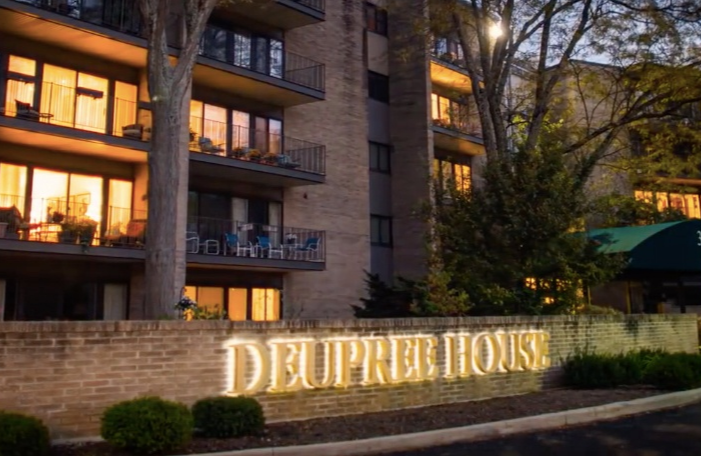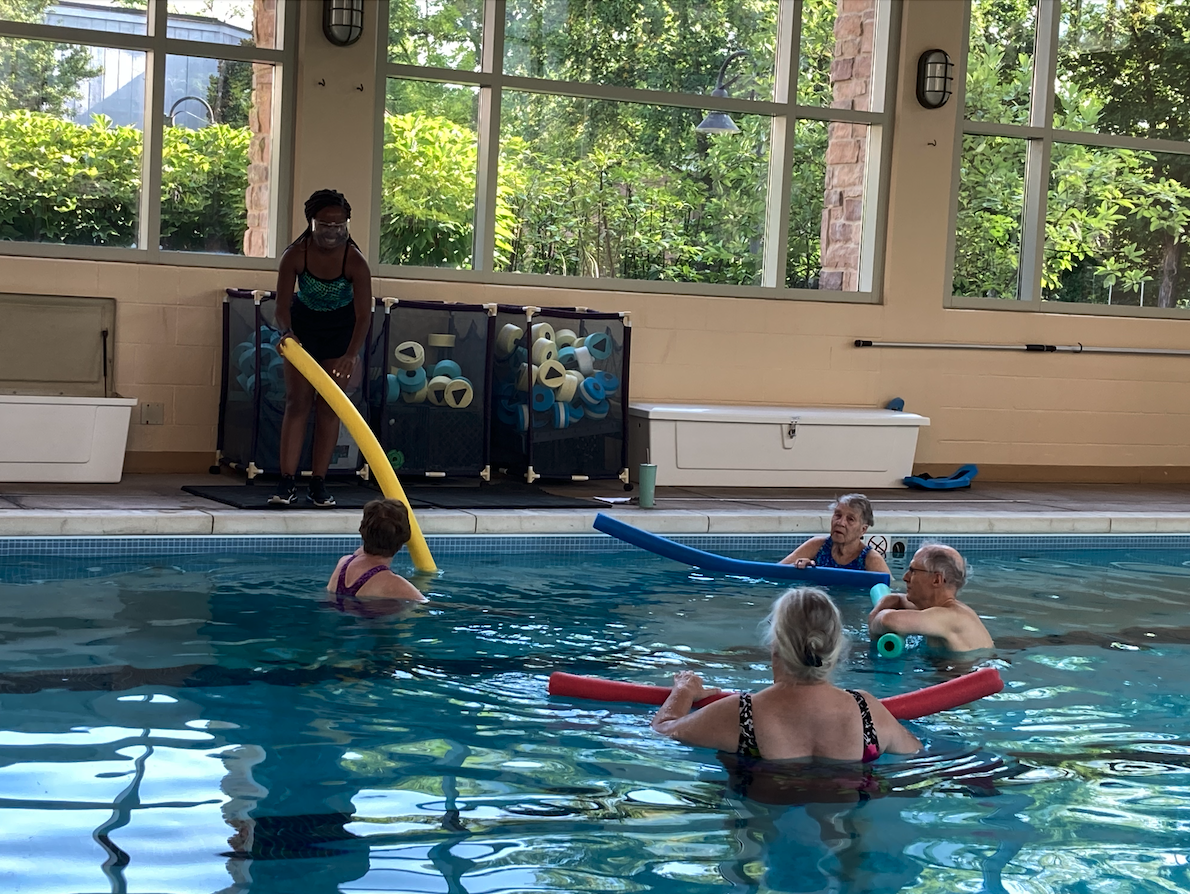
When exploring which retirement community you’d like to live in, one important thing to understand is the entrance fee that many not-for-profit organizations like Episcopal Retirement Services (ERS) charge.
Entrance Fees are often the same price you would pay to buy a home in the area where you live. The fees are paid when you move into independent-living homes within a continuing care retirement community (CCRC). But you don’t own the home and don’t have to worry about its maintenance. More on that later.
Entrance Fees have benefits
The fees don’t merely let you move into your new home within the community, such as Deupree House II, in Cincinnati's lovely Hyde Park neighborhood. They also give you priority to move into other parts of the campus where you can receive healthcare assistance as your medical needs change.
Once they’re within the retirement community, should they need to go to assisted living, memory care, skilled nursing, or rehab, having provided an entrance fee gives them priority over people from the outside world.
Entrance Fees are investments
The second benefit of an entrance fee is that it serves as an investment. When you pay an Entrance Fee, a large percentage typically is repaid to you if you move from your independent-living home at the CCRC to another part of the campus so you can receive more care. The refunded money can be spent on that care.
Or, if you were to pass away before moving to another part of the campus, that same percentage would be passed on to your heirs.
Some residents choose to designate ERS as a charitable beneficiary in appreciation for the quality of care they have received while living in the community and as part of their legacy.
At Deupree House II, the amount that is returned is either 90 percent or 30 percent, depending on which refund plan you choose.
The return of the entrance fee can be a major gift to the CCRC residents’ adult children: They don’t have to worry about paying for their parents’ healthcare costs on campus, relieving a major financial headache for them. And if their parents pass away before the refunded money is spent down, they will be eligible to inherit that money.
In contrast to Deupree House II, the original Deupree House complex is a rental-only fee structure, and there are no Entrance Fees. But given that there are no Entrance Fees there, the monthly rates are typically higher on a per-square-foot basis.

Why are there Entrance Fees?
A natural question people planning for retirement have is: 'Why are there Entrance Fees?'
They exist because not-for-profit organizations don’t have the same funding mechanisms that for-profit companies do, so entrance fees are a way to raise capital to finance the construction of their retirement communities.
The entrance fees also finance ongoing maintenance of the buildings and grounds, and are also used to refresh a home with new painting, carpeting, etc., before a new resident moves in. That’s also the reason the non-profit organization keeps a portion of the entrance fee when an independent-living resident moves to another part of the campus, or passes away. When a new resident moves in, they pay their entrance fee to replace the amount paid to the prior resident.
Residents also pay Monthly Fees while living in their independent-living homes, which remain under the ownership of the non-profit organization. These fees cover typical costs of home ownership, such as property taxes and insurance. The fees also cover the ongoing costs of operating such amenities as community gathering spaces.
Many people pay for their entrance fees by selling their primary residences.
Here's a significant difference between non-profit retirement communities and those operated by for-profit companies: The for-profits take proceeds from their operations and pay those profits to shareholders, while non-profit organizations pour that money back into the communities, to provide ongoing amenities and services for their residents.

A major ERS benefit
Meanwhile, ERS also provides another significant benefit to Deupree House II residents: Once they begin living in the community, they will not have to leave if their money runs out, as long as it was depleted through no fault of their own. There can be exceptions to this rule. Speak with your Community Relations Director to learn more.
Deupree House
Karen Immell | Community Relations Director
513-561-4200 | kimmell@erslife.org
Marjorie P. Lee
Jenn Schlotbom | Community Relations Director
513-533-5000 | jschlotbom@ERSlife.org
Episcopal Church Home
Elizabeth Pace | Community Relations Director
502-736-8043 | epace@ERSlife.org
Want more information about long-term care and financial planning for retirement? Download our Planning Ahead Guide:












